Introduction: Understanding Trailer Registration
Registering a flatbed trailer is a crucial process that ensures legal compliance, facilitates ownership transfer, and provides essential protection and documentation. Whether you are utilizing your flatbed trailer for commercial purposes or personal projects, properly registering it can significantly impact its usability, insurance, and potential resale value. This guide breaks down the registration process step-by-step, examining different state requirements, necessary documentation, and tips for a smooth experience.
Why is Trailer Registration Important?
Before we delve into the registration intricacies, it is essential to comprehend the importance of having your flatbed trailer registered:
Legal Compliance
Many states mandate the registration of trailers to ensure that all vehicles on the road are accounted for, promoting safety and accountability.Ownership Protection
Registration provides legal proof of ownership, which can protect against theft and disputes.Insurance Requirements
Most insurance companies require proof of registration before they can cover your trailer under a policy.Resale Value
A registered trailer can be sold and transferred more easily, enhancing its marketability.Avoidance of Fines
Operating an unregistered trailer can lead to hefty fines, penalties, and traffic citations.
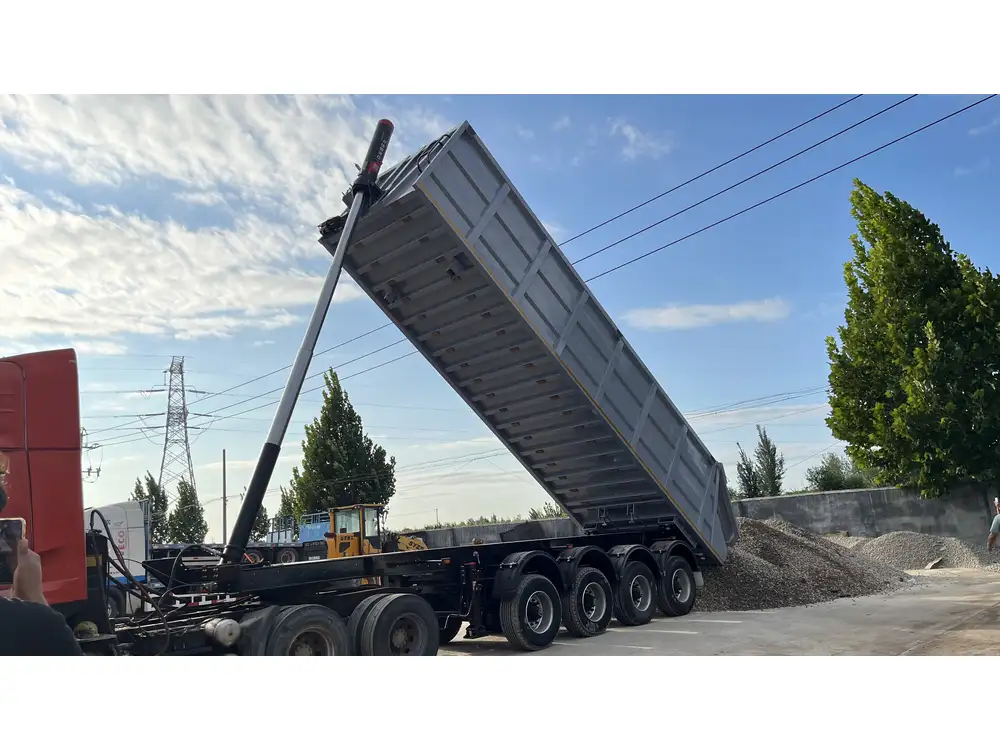
Types of Flatbed Trailers and Their Registration Needs
Understanding the type of flatbed trailer you have is instrumental in navigating the registration process. Here’s a table summarizing various flatbed trailer types and specific features that may influence registration:
| Trailer Type | Description | Registration Considerations |
|---|---|---|
| Utility Flatbed | Ideal for transporting equipment and materials. | Typically registered as a utility trailer; requirements vary by state. |
| Car Hauler | Designed to transport vehicles securely. | May require additional insurance or specific vehicle transport permits. |
| Heavy-Duty Flatbed | Used for transporting heavy machinery and cargo. | Often classified under commercial trailers, which may demand stricter regulations in some states. |
| Enclosed Flatbed | Offers protection for cargo; may include a roof. | Similar to utility trailers but may have specific guidelines based on the enclosed nature. |
Step-by-Step Guide to Registering Your Flatbed Trailer
1. Gather Required Documents
Every state may have different documentation requirements, but generally, you will need the following:
Title: Proof of ownership is critical. If you are the original owner, the title will typically be issued at the time of purchase. For used trailers, ensure that the previous owner has signed it over to you.
Bill of Sale: This document serves as proof of transaction between the buyer and seller, indicating the purchase price and date.
Proof of Identity: Government-issued identification (such as a driver’s license) is typically required for identity verification.
Proof of Residency: This can often be satisfied by submitting a utility bill or lease agreement.
Vehicle Identification Number (VIN): You may need to provide the VIN, which is crucial for tracking and verifying the trailer’s identity.
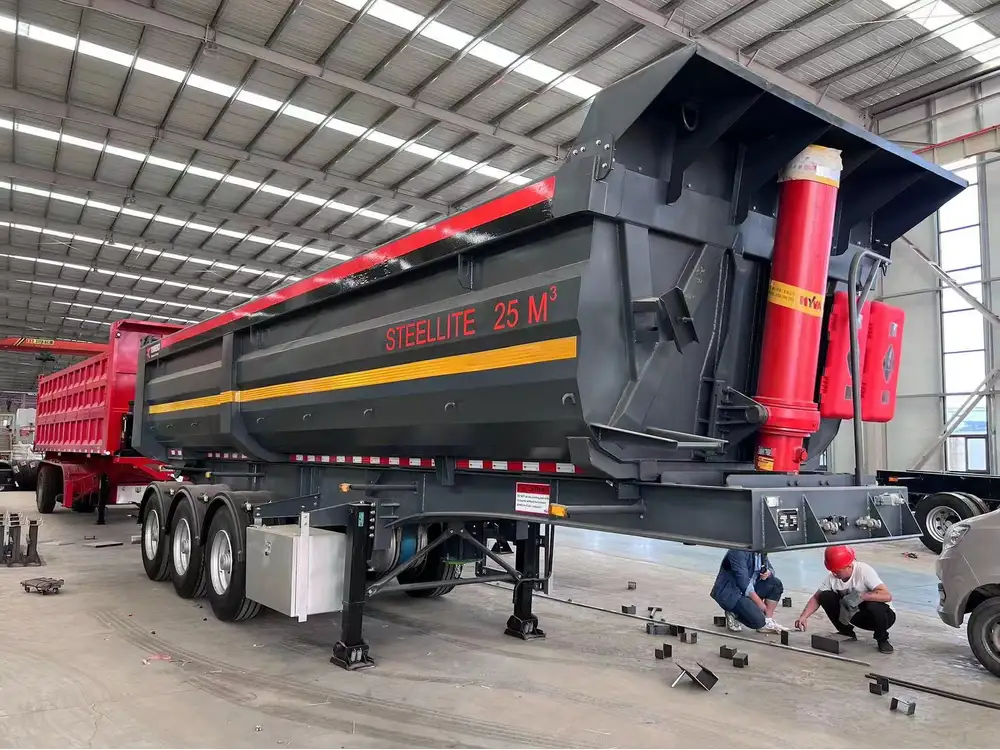
2. Determine Your State’s Specific Requirements
State requirements can differ significantly regarding trailer size, weight, and intended use. Make sure to check with your local Department of Motor Vehicles (DMV) or equivalent agency. A few questions to consider include:
- Is your trailer above a certain weight threshold that might classify it differently?
- Are there any special permits needed for commercial use?
- Are there distinct titling or registration fees based on trailer size or type?
3. Complete the Registration Application
Most states will require you to fill out a specific registration form, which you can often find on the DMV’s or the equivalent agency’s website. Here are some tips for filling out this form:
- Provide Accurate Information: Double-check all details, especially the VIN, title number, and personal details.
- Count the Cost: Be prepared for registration fees, which can vary widely based on your state and trailer type.
4. Submit Your Application
Once you have compiled the necessary documents and filled out the application, you can submit it via several methods:
In-Person: This is usually the most direct method. Visiting your local DMV can provide you with immediate feedback and assurance that your application is complete.
By Mail: Some states allow you to mail in your applications. Be sure to include any required payment, typically via check or money order.
Online: An increasing number of states offer online registration for trailers. If available, this is the fastest and most convenient method.
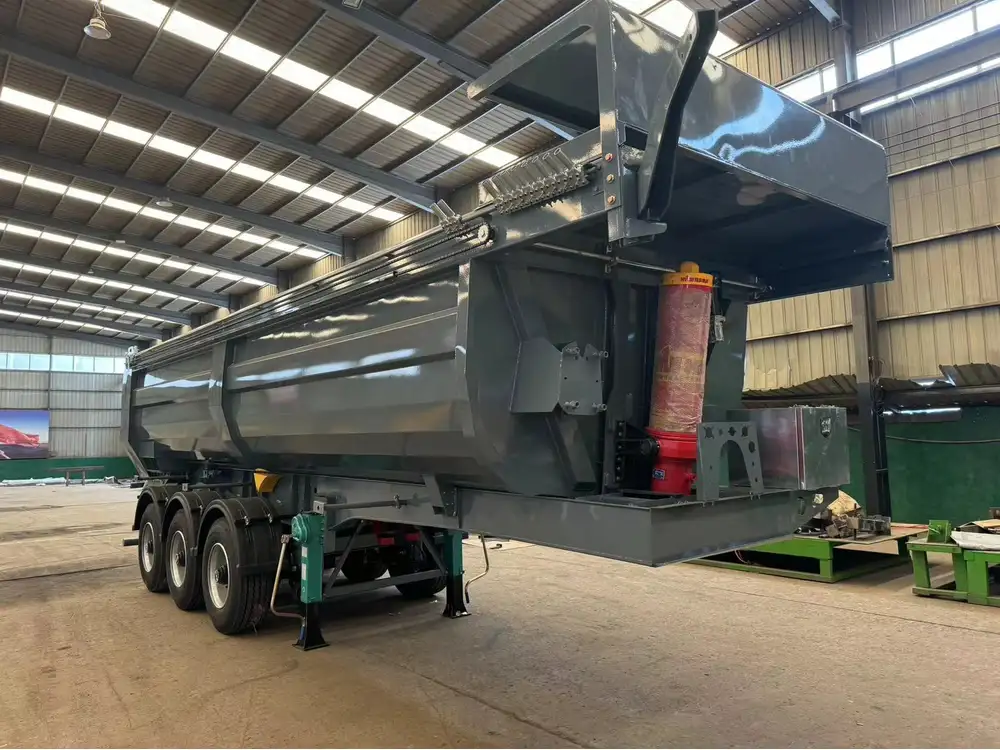
5. Pay Registration Fees
Registration fees can significantly vary based on your state and the type of trailer. Some typical considerations include:
| Fee Type | Description |
|---|---|
| Initial Registration Fee | One-time fee for new registrations. |
| Annual Renewal Fee | Recurring fee for maintaining registration status. |
| Weight Fee | Based on the trailer’s gross weight. |
| Late Fee | Additional fee if registration is not done on time. |
Make sure to retain your receipt for proof of registration.
6. Receive Your Registration and License Plate
After your application is processed and approved, you will receive:
Official Registration Document: This document should be kept with your other important vehicle documents.
License Plate or Registration Decal: Most states provide either a metal plate or registration decals that must be affixed to the trailer according to state regulations.
7. Maintain Registration Records
It’s crucial to keep your trailer registration documents organized. Establish a filing system for:
- Registration documents
- Title copies
- Insurance documents
- Any correspondence with the DMV
Maintaining these records will facilitate future renewals and any ownership transfers.
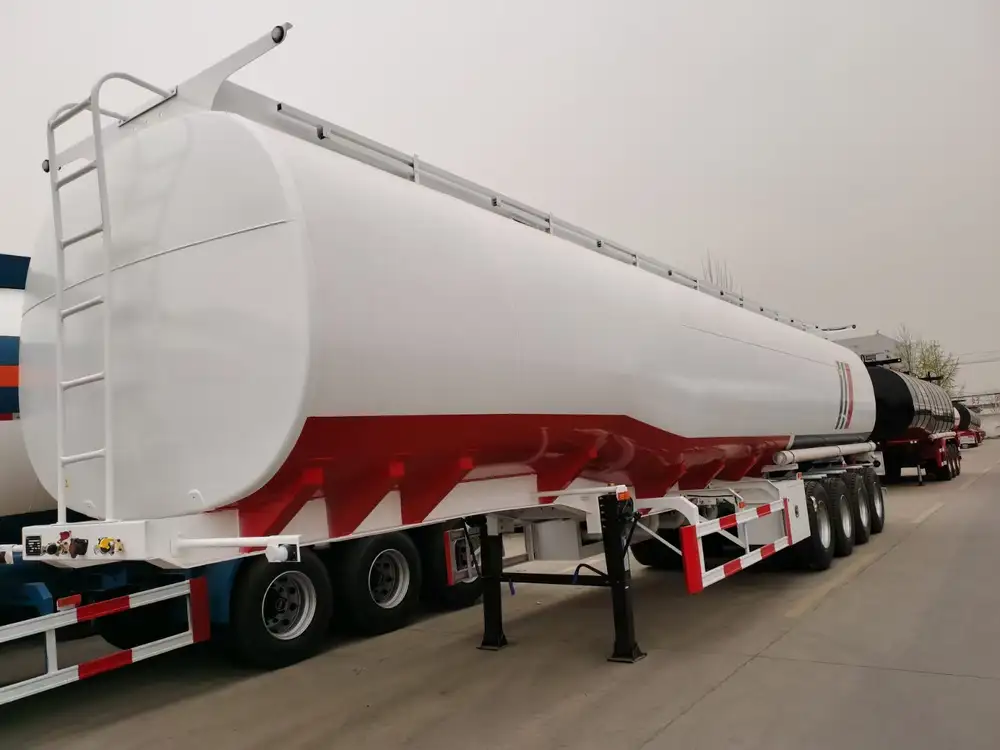
Common Problems and Solutions in Trailer Registration
1. Lost Title Issues
If you lose your trailer’s title, don’t panic. Most states allow you to apply for a duplicate title. The necessary steps often involve:
- Completing a duplicate title application.
- Paying a nominal fee.
- Providing any other required identification documents.
2. Discrepancies in VIN
If there is an issue with the Vehicle Identification Number, perhaps due to a manufacturing mistake or a previous owner’s alterations, resolving this requires contacting your state’s DMV. They may instruct you to get a VIN inspection, which will confirm the proper details.
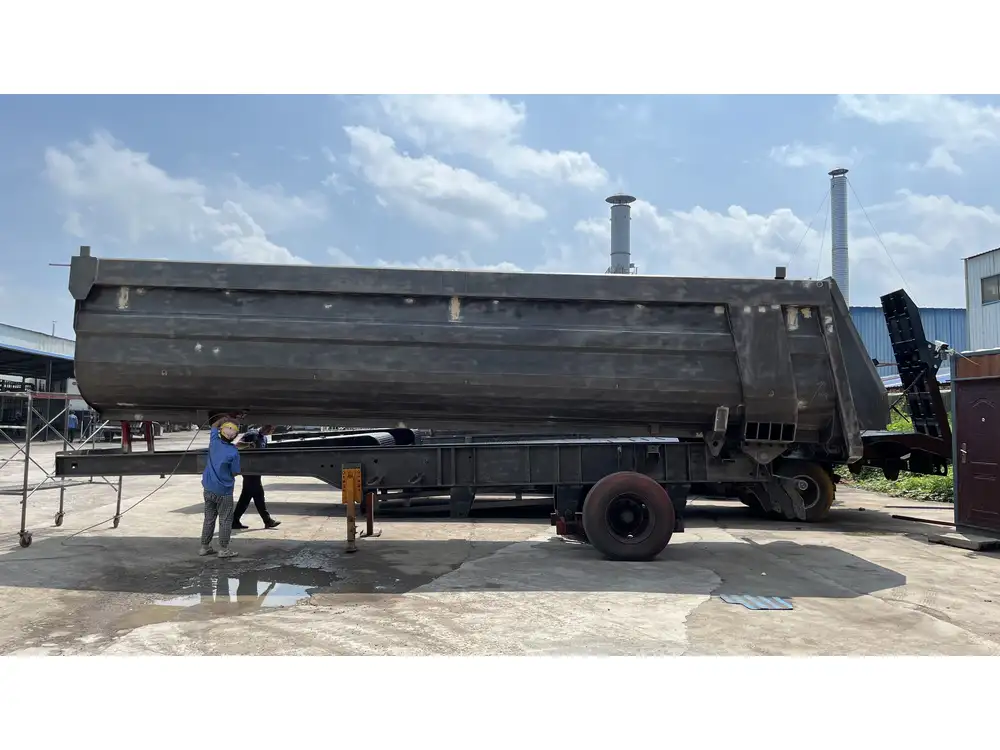
3. Incorrect Information on Registration
If you notice that your registration contains incorrect information, contact your DMV or registration authority immediately. They typically have internal processes to amend mistakes, often requiring you to submit supporting documents.
4. Recruiting Help from Professionals
Consider enlisting the help of a professional services firm that specializes in vehicle registrations, particularly if you find the process overwhelming or particularly complex. They can often streamline the procedure, ensuring that everything proceeds smoothly.
Final Thoughts: A Smooth Registration Process
Ensuring that your flatbed trailer is registered is not only a legal obligation but a critical step in protecting your investment. By following these well-laid-out steps, understanding state regulations, and keeping your documentation in order, you can navigate the registration process with confidence.
As you embark on this journey with your flatbed trailer—whether for personal benefits or business ventures—know that a properly registered trailer not only enhances its value but alleviates potential future headaches. Safe travels and happy hauling!



